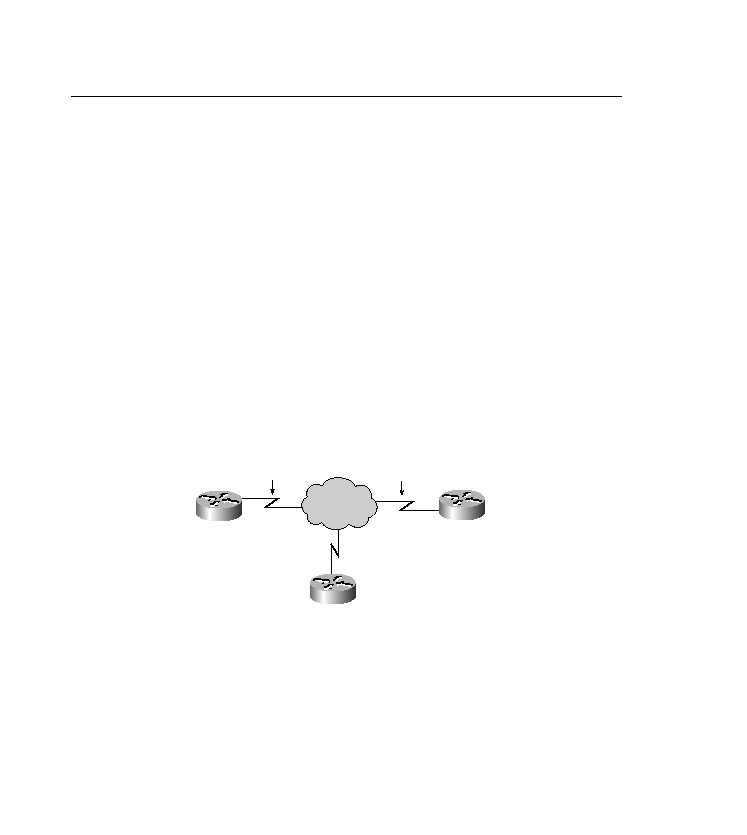
designed to switch packets as fast as possible. The core layer should provide high-speed, robust
connectivity among remote sites. The core layer can be likened to an interstate highway that
allows traffic to flow between major arteries. A telecom service provider usually provides
services at the core layer. Like an interstate highway, the core should be designed to provide
optimized transport. In addition, the core should be designed for availability and reliability. To
ensure reliability, the core layer should have fault tolerance. Because this layer must have low
latency, it does not filter packets, which would slow down throughput.
and core layers. The purpose of this layer is to provide boundary definition between the core
and the access layers, and it is the place where packets can be filtered. The distribution layer
can be a point for redistribution of routing protocols. It can be the first point of entry for a
remote site into the corporate network. It can also provide connectivity based on policy.